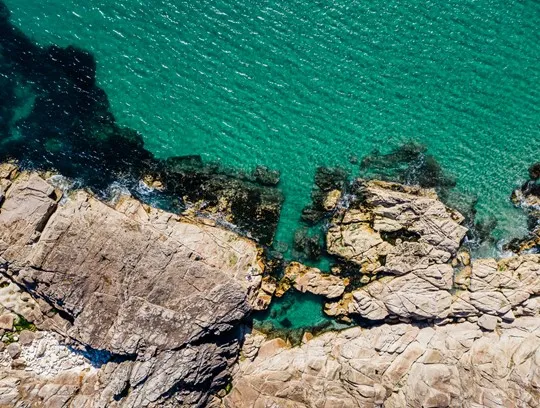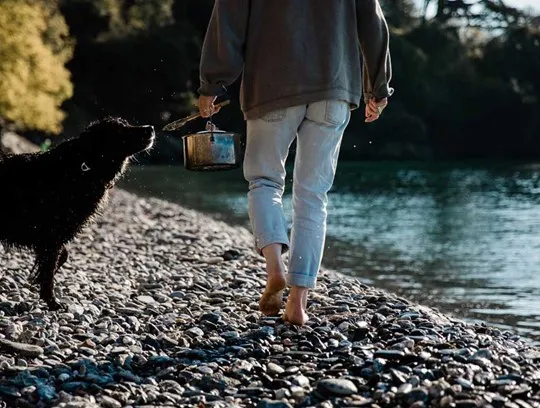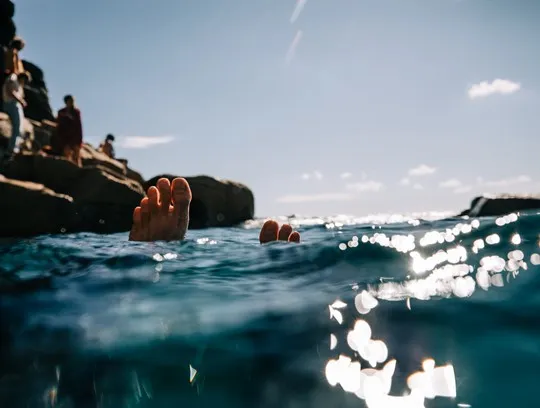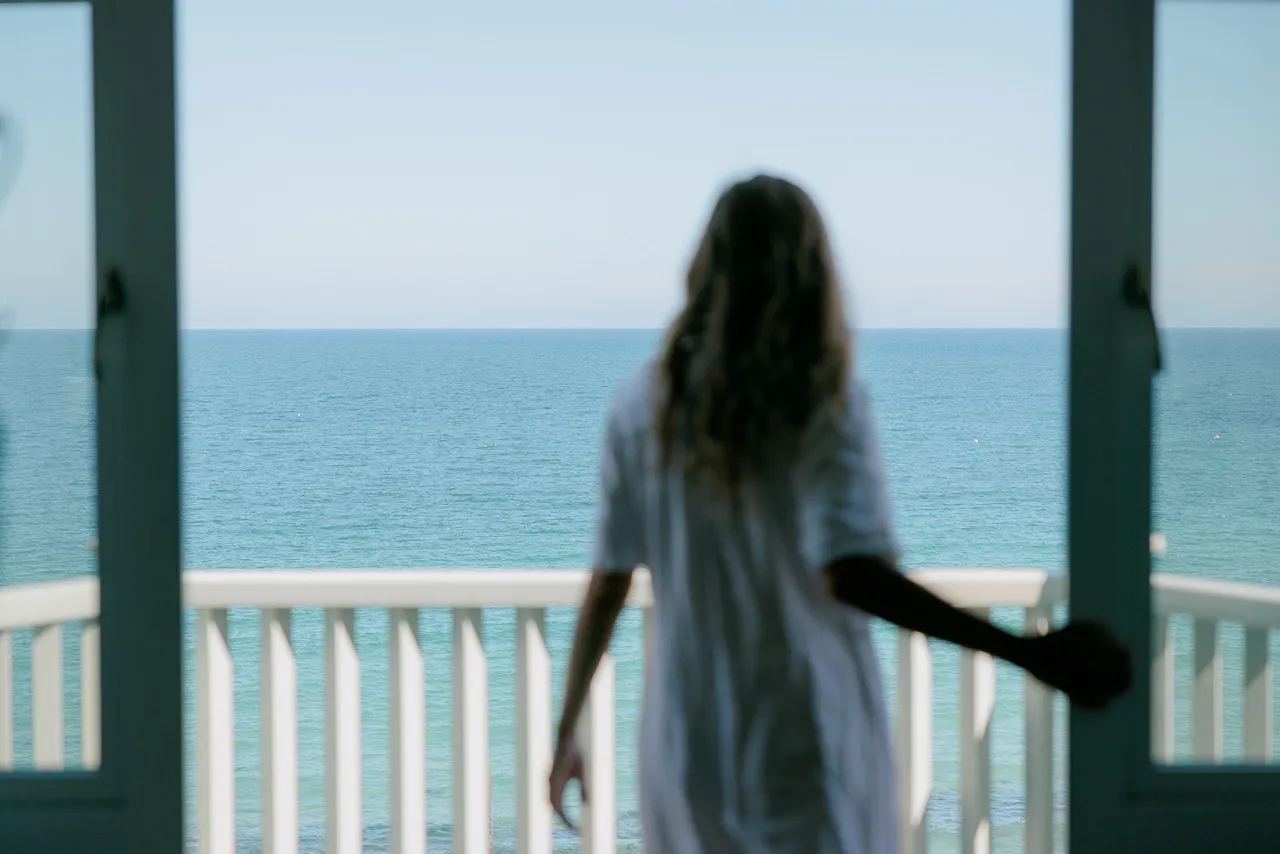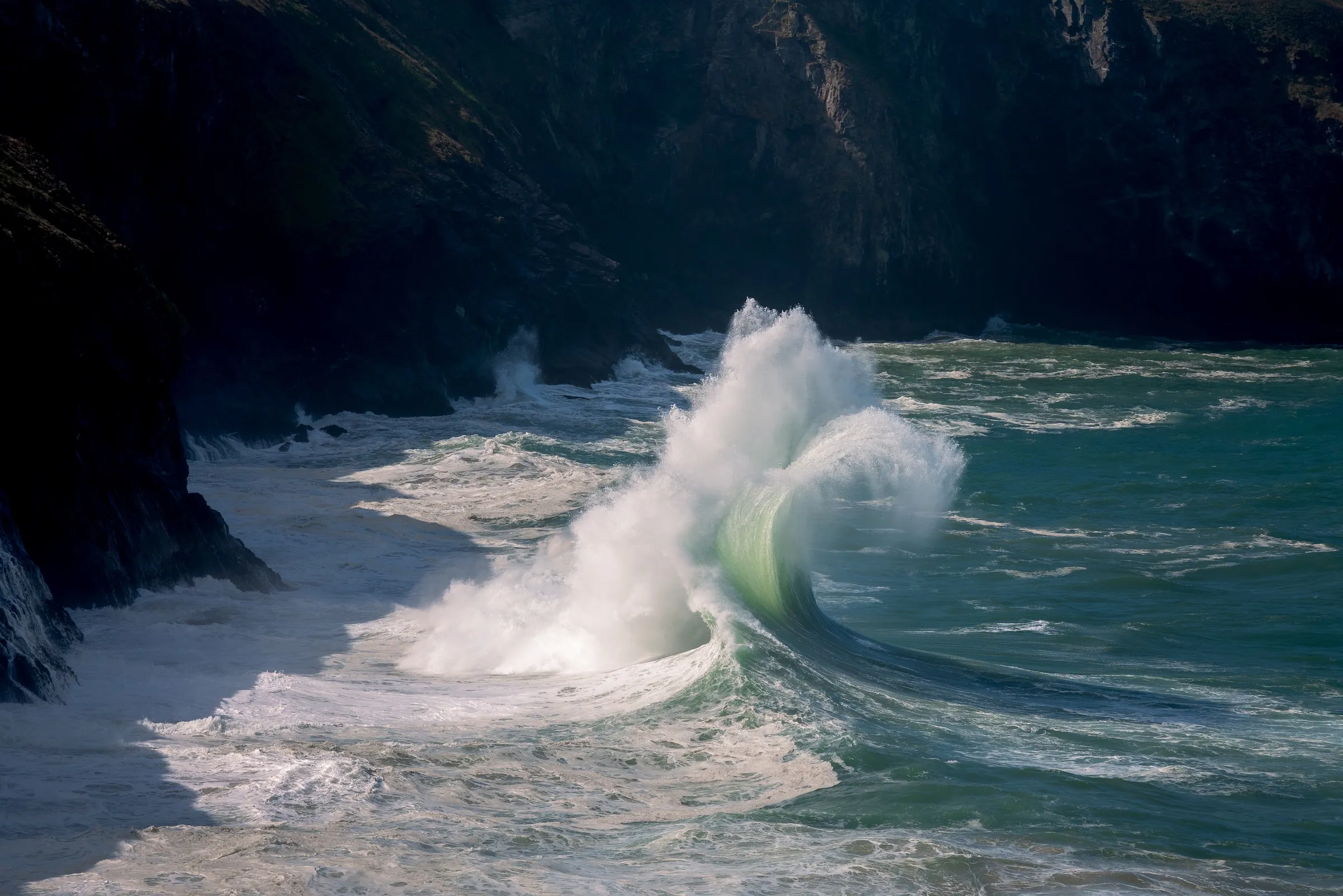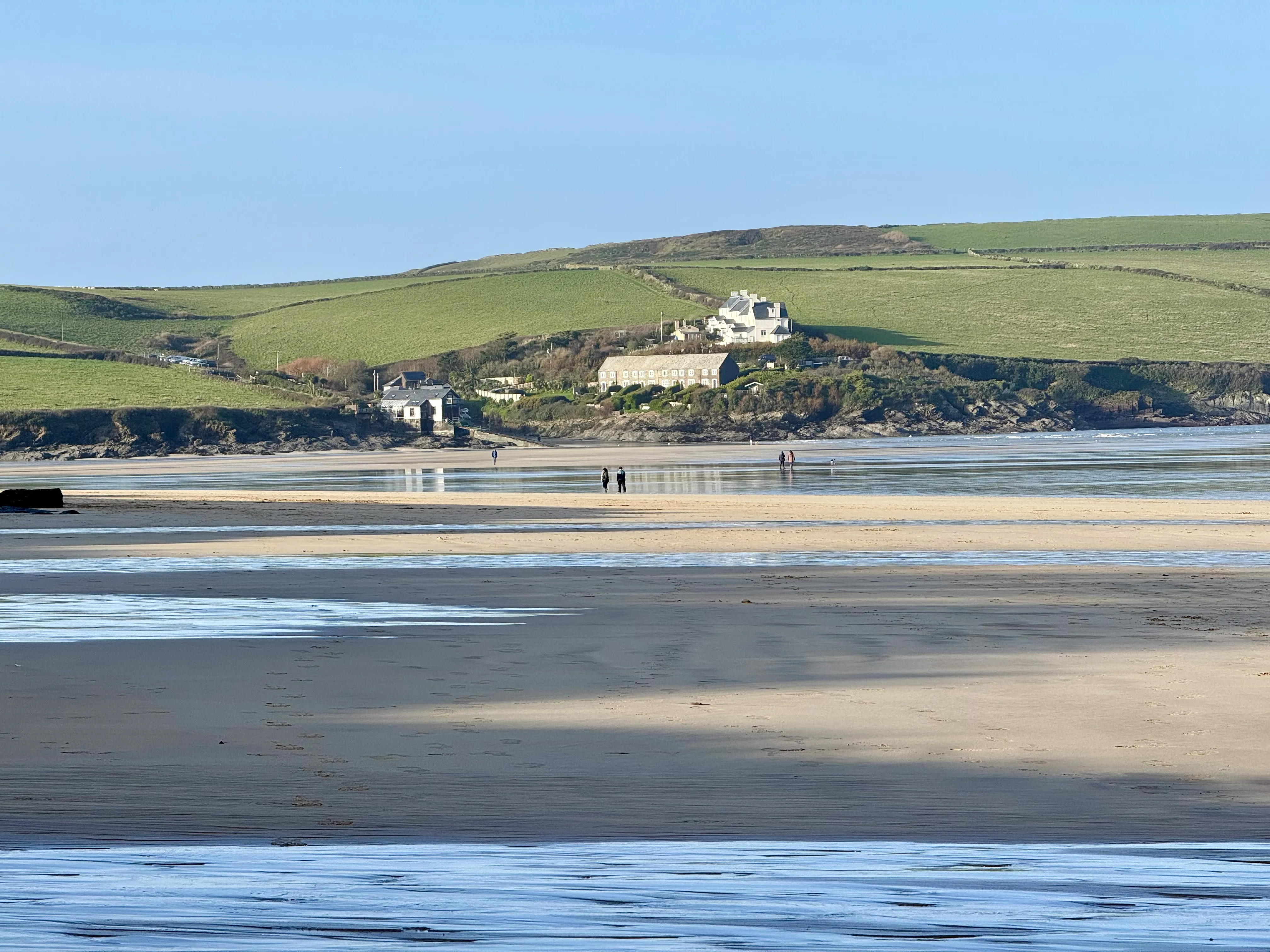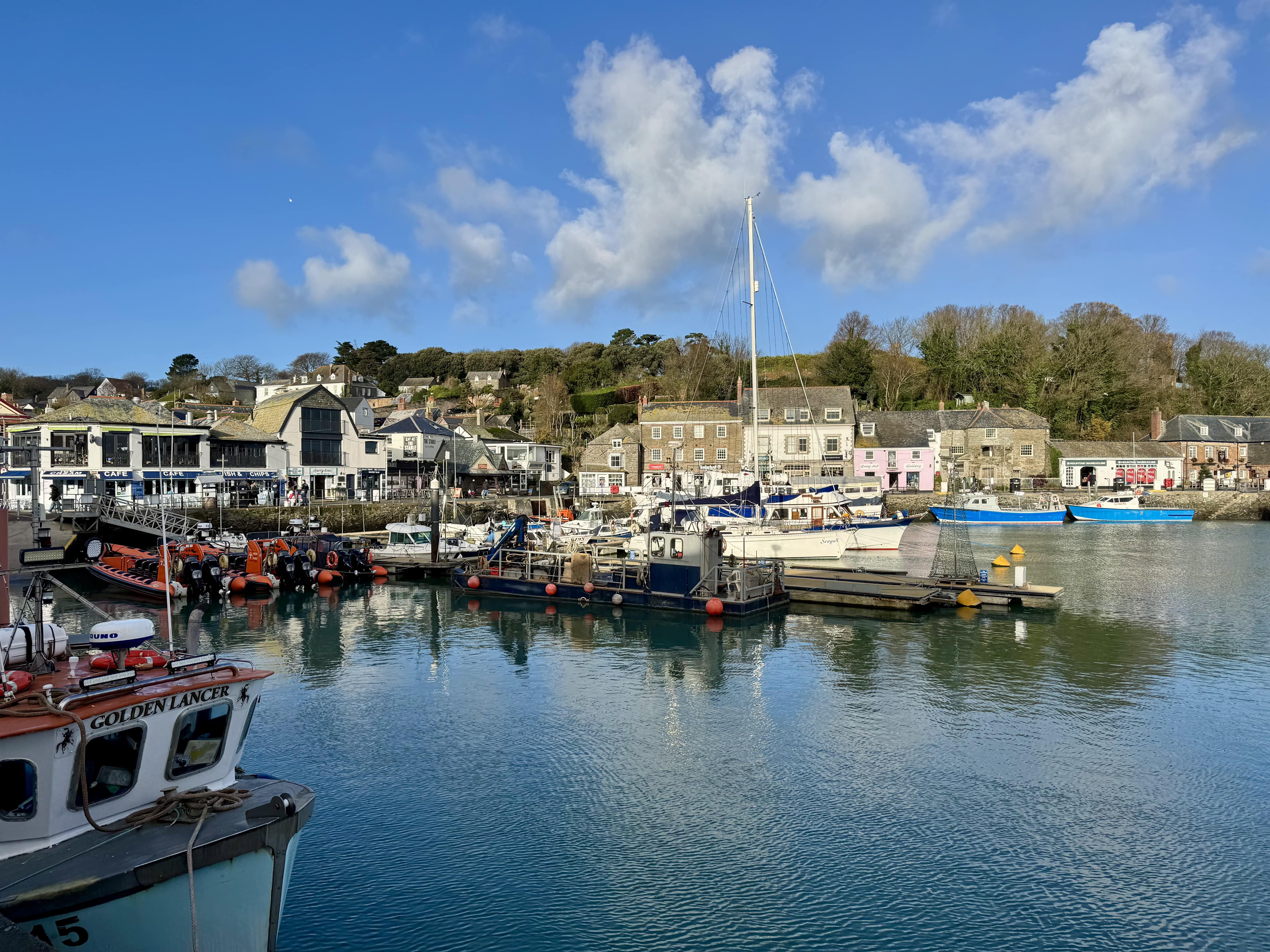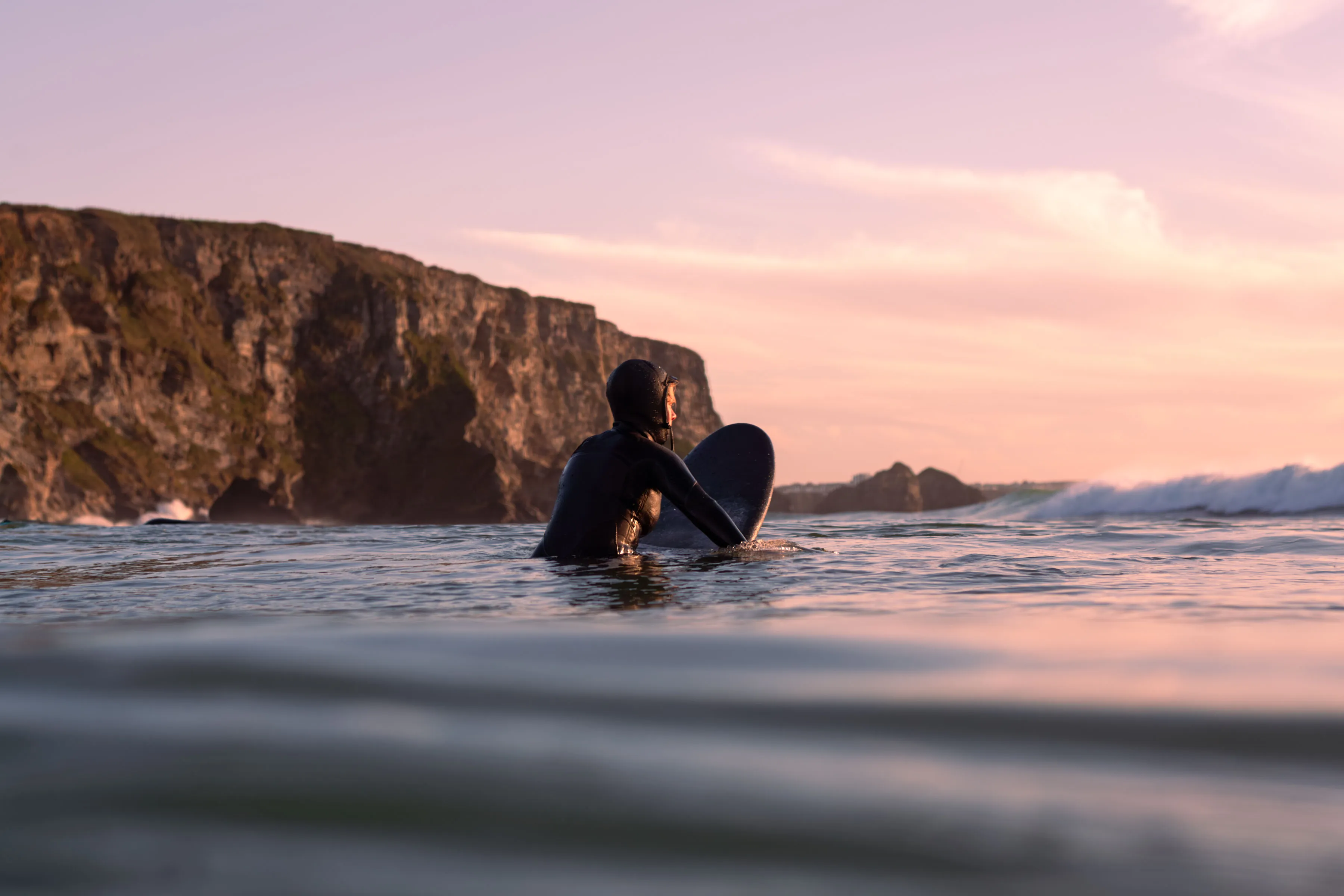Home / How to do slow travel
How to do slow travel
3rd October 2024
Catching the next train, a walking tour, road trips…how exactly do we slow down when we travel? We spoke to two slow travel writers to find out…
“Like anything in life now, there’s a synthetic version of the thing you’re looking for, and there’s a real version of it. Slow travel is just real travel.”
That’s Dan Kieran’s take on slow travel, something he discovered after an overland journey from London to Warsaw, Poland. That slow travel initiation involved cancelled trains, persuading a train manager to let him board a German train without a ticket, and delivering an impromptu English lesson on a Polish commuter train.
Dan, author of The Idle Traveller: The Art of Slow Travel, describes his travel revelation as magical, realising at the time that most holidays involved simply arriving in a destination, rather than really travelling.
“It’s about depth rather than time. It’s about putting yourself in a context that is unfamiliar. So it’s about opening yourself up, not closing yourself down,” he says.
Invitation to explore
For Jo Tinsley, author of The Slow Traveller: An intentional path to mindful adventures, slow travel is an invitation to explore the world at our own pace, “to journey lightly and adventurously.”
Check out more of what Falmouth has to offer by staying in one of our bespoke retreats in Falmouth.
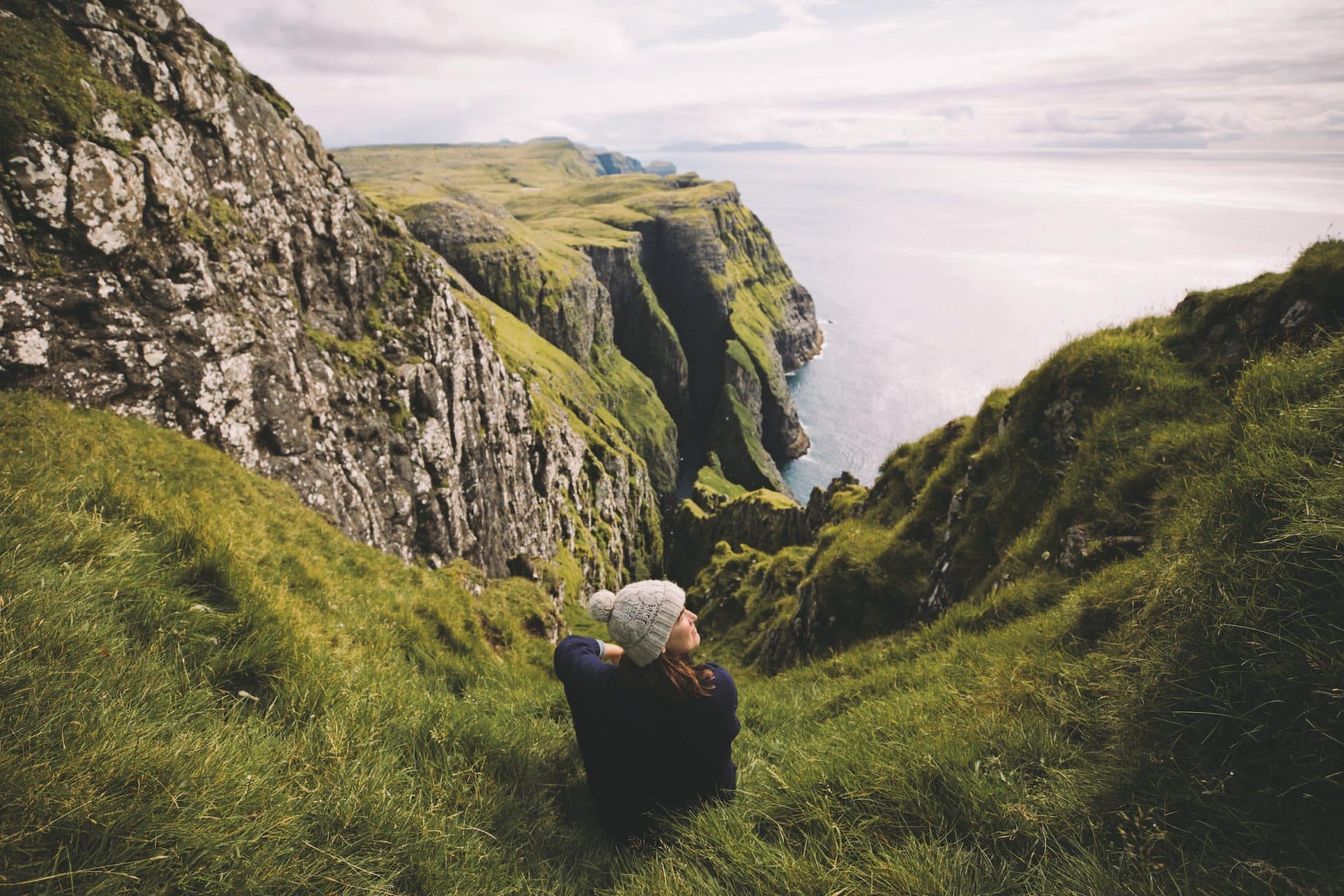
Image credit: Graeme Owsianski from The Slow Traveller
“It is the antithesis of bucket list travel, placing spontaneity over a packed agenda and allowing you to travel on terms that are meaningful both to you and to the people you meet along the way,” says Jo.
“Reading The Day of the Jackal when I went to Paris, I felt like I was living that book”
That sense of exploration means allowing space to connect to a place, “taking time to scratch below the surface of a destination; to build a stronger attachment with, and understanding of, the places we are visiting. This might mean gathering over coffee in a local’s front room; or understanding the connection between local ingredients and place.”
How to slow down
“It’s perfectly fine to have planned elements, but just have something that gives your trip space for the unknown to happen. Do the things you want to do; that’s the point of going, but leave space for serendipity to strike – even if it’s just for a couple of hours,” says Dan.
“More often than not we’d simply pull over when we saw the ‘silhouette of a bather above two wiggly lines’ sign that meant a hot pool was nearby”
He also recommends picking up a guidebook. “But I don’t mean normal guidebooks. If I’m going to Berlin, I’ll buy books or novels set in Berlin – I want to feel connected to the city. Reading The Day of the Jackal when I went to Paris, I felt like I was living that book,” he says.
“If I visit the sea, I have to go in the water. I have to walk the coast path. There’s something hugely beneficial in feeling like you know the context of where you are,” he adds.
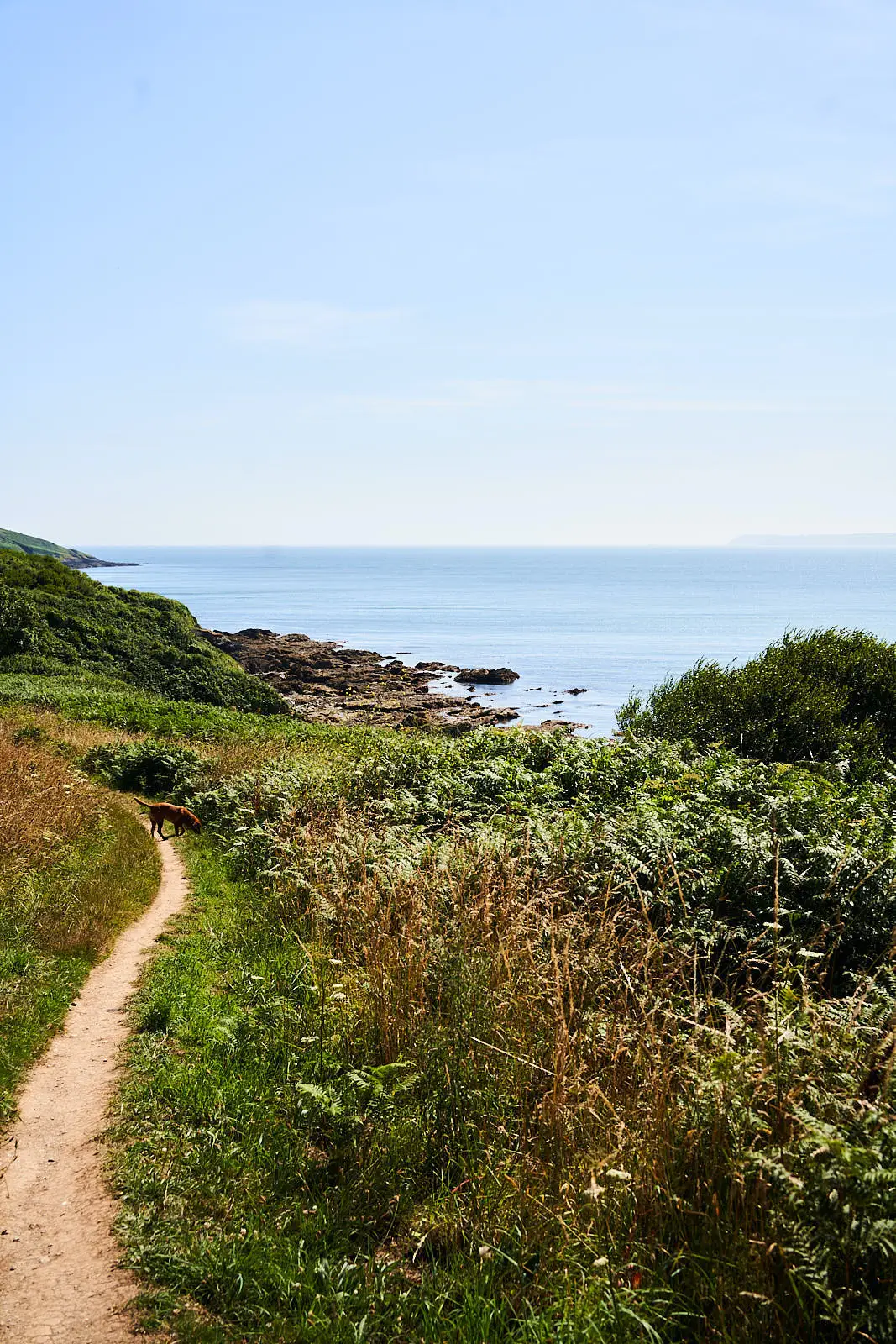
Image credit: Lily Bertrand-Webb
Jo says that travelling overland – by train, bus, boat, bike or on foot – encourages the exploration of slow travel, but it’s not prescriptive. It isn’t necessarily a question of speed or the length of a trip either.
“It is more about deceleration and reframing travel as a journey – it’s a mindset thing. Once slow travel becomes a mindset rather than a mode of travel, we realise that our journeys don’t need big budgets, long trips or far-flung destinations to be genuinely transformative.”
Experience the captivating beauty of dawn and dusk along the Cornish coast, as we compare and contrast these magical moments in nature’s theatre.
Journey stories
Jo embarked on an Icelandic holiday without a plan, seeking out the country’s thermal pools. “More often than not we’d simply pull over when we saw the ‘silhouette of a bather above two wiggly lines’ sign that meant a hot pool was nearby,” she says.
As well as following road signs on a whim, she relied on local recommendations and taking spontaneous detours. “Our meandering route eventually led us to the most remarkable pool of the entire trip: Krossneslaug, an infinity pool at the end of a 90km unpaved, potholed dead-end road, which looked out over the North Atlantic, as a gleaming iceberg idled in the far distance.”
It’s always tempting to pack a lot in to a holiday, which is the opposite of that slow travel mindset. Think spending a whole afternoon in one gallery rather than visiting all the top sights in a day, and taking some time to observe the local details where you are, says Jo.
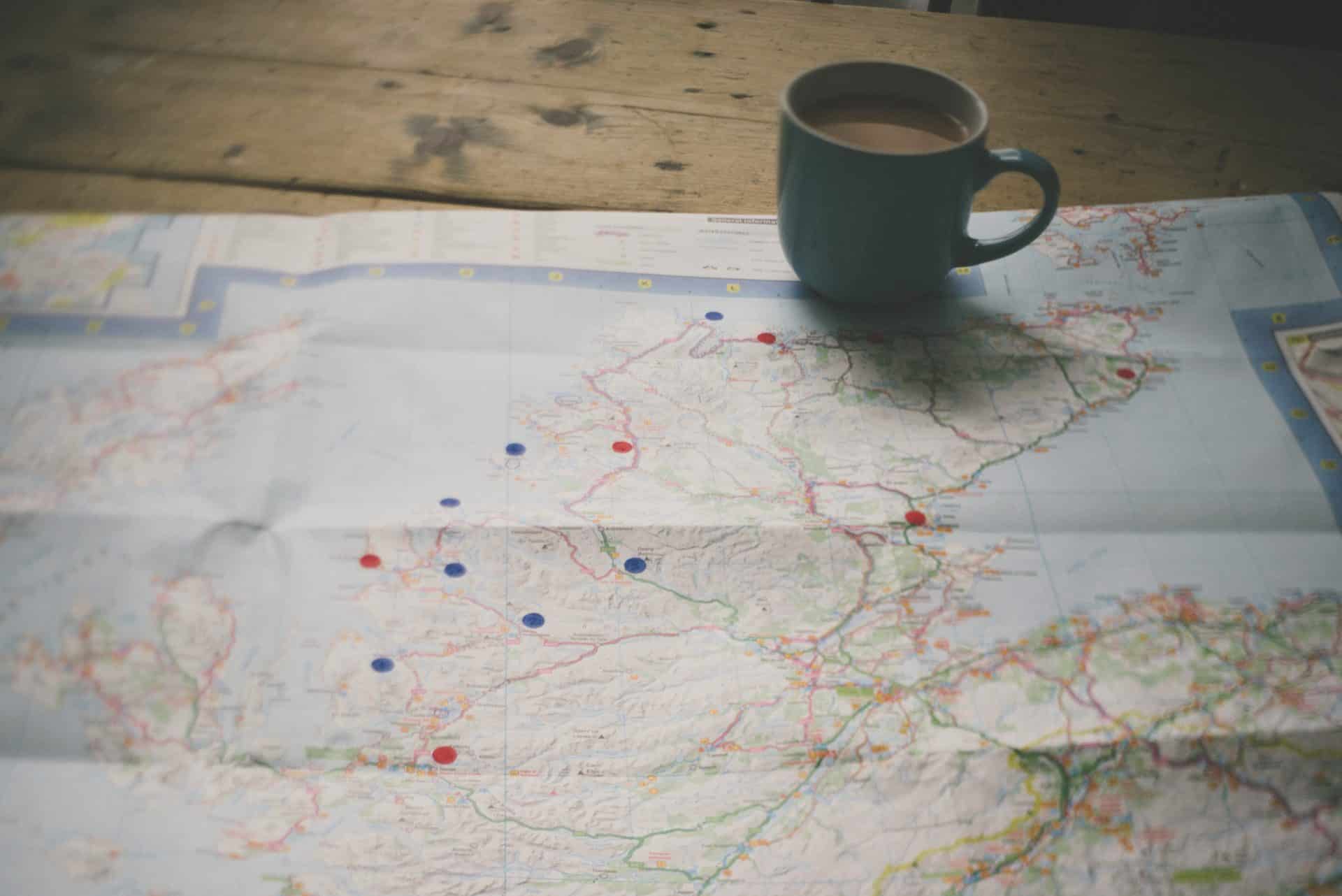
Image credit: Sarah Mason from The Slow Traveller
Visiting Cornwall for a workcation? Have a look at our holiday lets perfect for extended stays and working.
“When you’re living life doing your normal routine, your unconscious mind is in control. The reason travel is so amazing is you’re putting yourself in a context which is unfamiliar,” says Dan. “That’s what makes it nourishing, because you are conscious of what’s happening to you. That is when you really start to have a fabulous time.”
Slow down and take it all in, footsteps from the shore…
